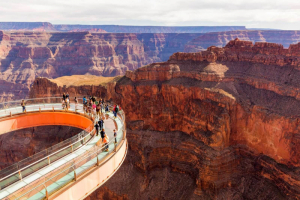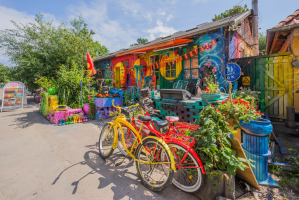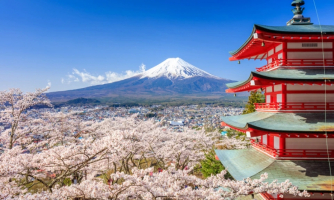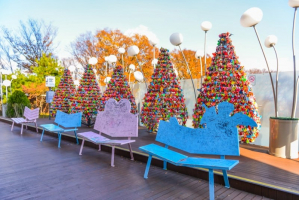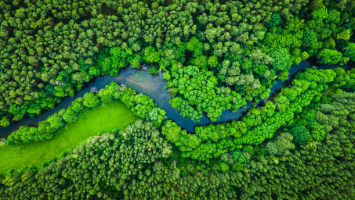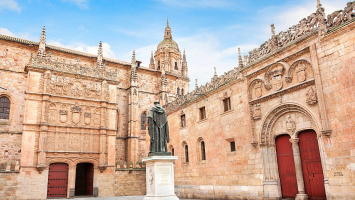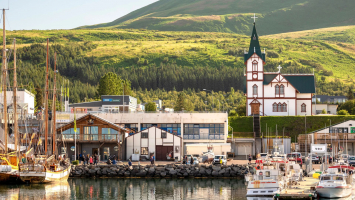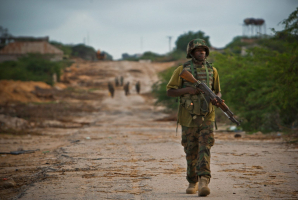Top 10 Subterranean Societies From Around the World
Human have always been intrigued by the concept of a planet below their feet. The Divine Comedy and Journey to the Center of the Earth both describe ... read more...extraordinarily rich and detailed universes, and even in recent times, movies like Godzilla vs. King Kong and THX 1138 explore the idea that there is more to the universe than meets the eye. The idea that there might be a society underneath is supported by caves, tunnels, subways, and other underground buildings. Additionally, just because no culture has ever entirely subsisted underground doesn't mean that smaller tribes haven't.
-
Although it is true that no civilisation has ever existed entirely underground, this does not preclude the existence of a sizable underground population. One million people now live in a city underneath the metropolis in Beijing, China, where the world below is their home.
China was on high alert throughout the Cold War's height, just as the United States and the Soviet Union. Chairman Mao ordered the construction of an entire metropolis beneath Beijing to prepare for the possibility of nuclear conflict. 10,000 bomb-proof shelters were created as a result, and as the country opened up in the 1980s, they were leased to landlords.
One million people currently rent rooms that, in some cases, are barely big enough to fit one bed that were formerly bunkers after they were divided up into tiny residential units. According to the law, each tenant must have a minimum of 43 square feet of space in their home. These bunker houses break the law.
For many low-wage city employees, the complex—sometimes referred to as The Dungeon—is their only choice. Because they are worried their relatives would see them and know how awful things have gone, some residents are afraid to be interviewed or shown on camera. Many of these people arrived in the city from smaller towns hoping to find well-paying work, but instead found little chances there, making it impossible or reluctant for them to go back.
The property market in Beijing contributes to the large city's overpopulation. Real estate in Beijing costs $5,820 per square meter in 2017. A nuclear bunker apartment, meanwhile, can cost around $40 per month.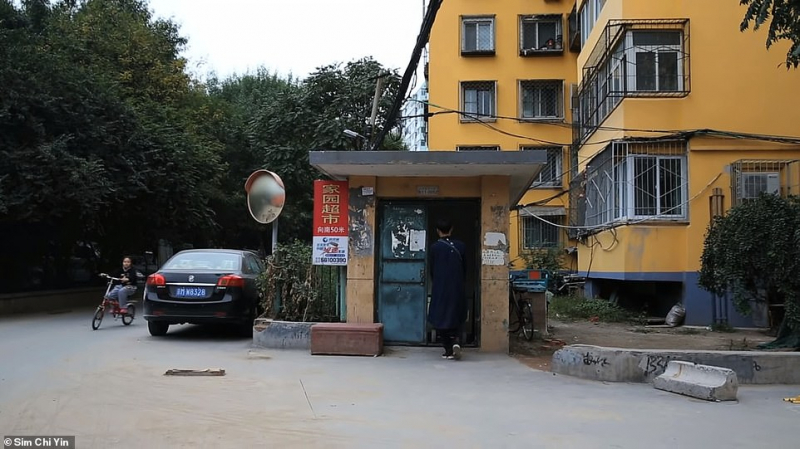
https://www.dailymail.co.uk/ 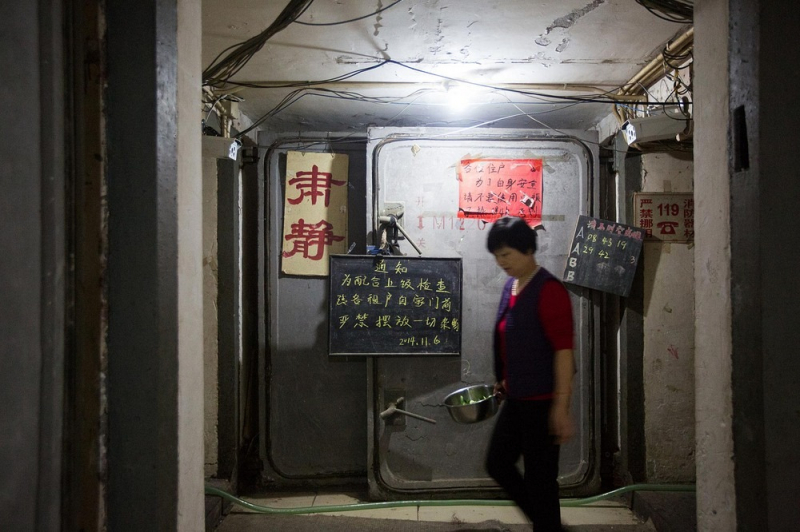
https://sisasas1.blogspot.com -
Moscow's wintertime temperatures, which range from 14 to 25 degrees Fahrenheit on average and can occasionally drop as low as -44 degrees Fahrenheit, can be quite chilly. With a population of around 12 million, the city is home to 100,000 homeless people, according to estimates.
Many of the city's homeless go underground to the sewers, where heating pipes can provide comfort against the elements in order to avoid the brutal cold. Like any major metropolis, Moscow has a lot to offer people who reside in rural areas. People visit there in order to work and establish themselves. However, a global economic collapse made Russia just as susceptible as everywhere else, and employment possibilities were few. The sewers are one of the few possibilities when the homeless are forced daily out of warm locations above ground by Russian authorities.
Some of the homeless, who are huddled around heating pipes, point out that if a person doesn't meet certain requirements, even homeless shelters will turn them away. People who work in outreach centers that assist the homeless told Sky News that there is little sympathy for individuals who choose to live in poverty because it is a lifestyle choice.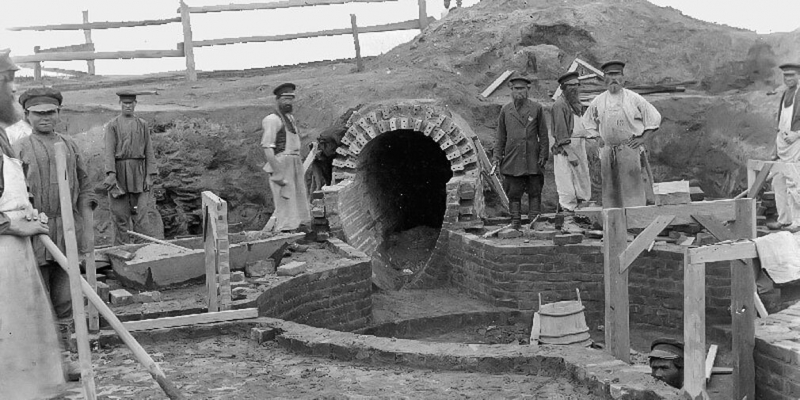
https://moscowseasons.com/ -
Go to Coober Pedy, Australia, to find what's likely to be the closest thing to a real underground community. Most of the town's structures, including residences, shops, and even the local church, were built underground when it was established as an opal mining community. Summertime highs can reach 120 degrees or higher due to its location in Australia's harsh desert. It is simpler to see why the locals started to build down rather than up when you consider what it must be like to try to be an opal miner under those circumstances.
60% of the 3,500 people that live in the town today live underground. This marks the end of a century-long journey that began when a youngster in the early 1900s found a single piece of opal on the property. The mine eventually became the largest supplier of opal in the world, but it has since almost completely dried up. Opal is still mined, but much less frequently. Locals are able to produce 70% of the town's energy using renewable sources like wind and solar due to the environment and location.
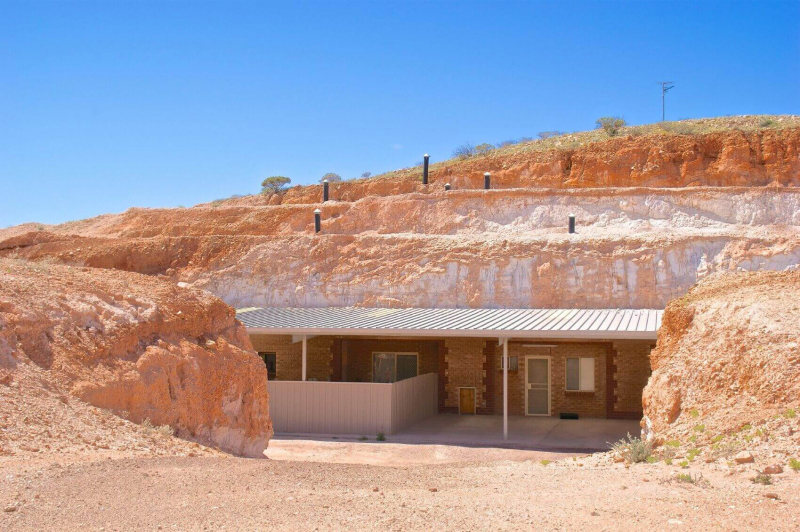
https://www.homestratosphere.com/ 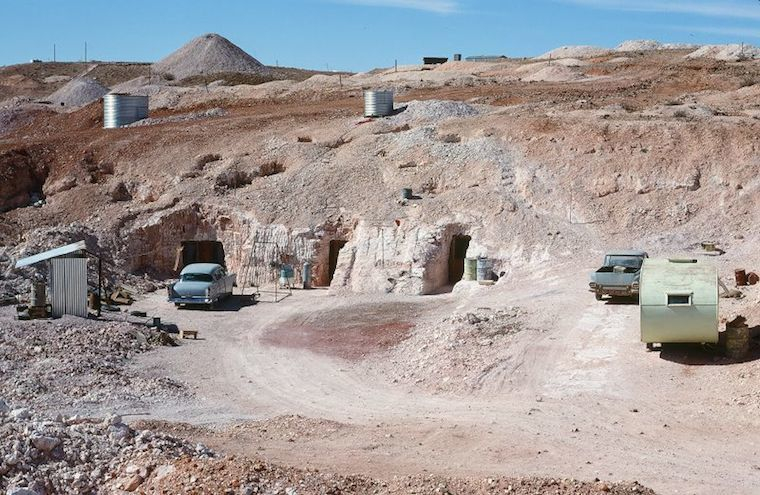
https://allthatsinteresting.com/ -
After receiving some complaints from nearby businesses near the highway the tunnels run beneath, officials in San Antonio, Texas, decided to tour the drainage tunnels in 2020 and found a large community of homeless people living beneath the city.
When local authorities looked into a report of someone entering a tunnel, they instead found a network of rooms and tunnels. The smaller tunnels gave way to a network of much larger tunnels that were over 10 feet tall, and within they found something the police chief called "unbelievable."
He described a little, underground settlement crammed with trash, furniture, food, and shopping carts. Apparently, the smell was revolting. The Covid-19 outbreak caused a rise in the community's population, although police have been conducting frequent searches to try to remove them.
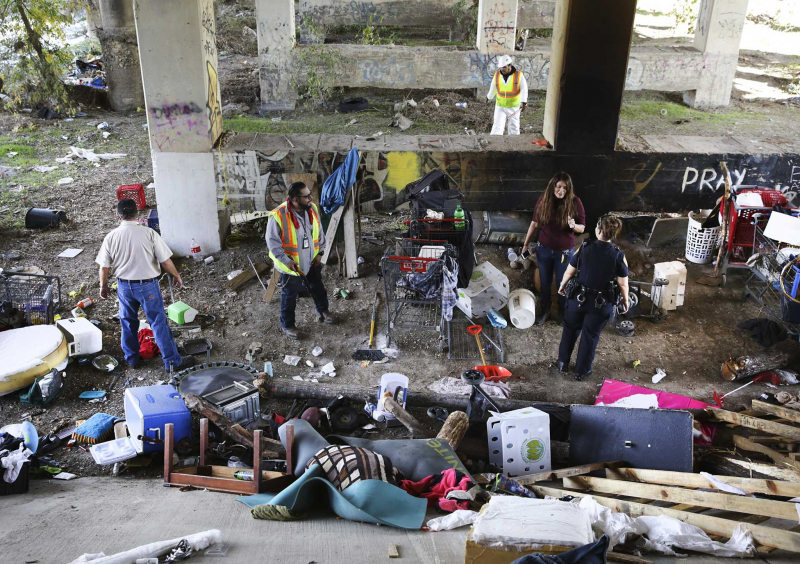
https://www.expressnews.com 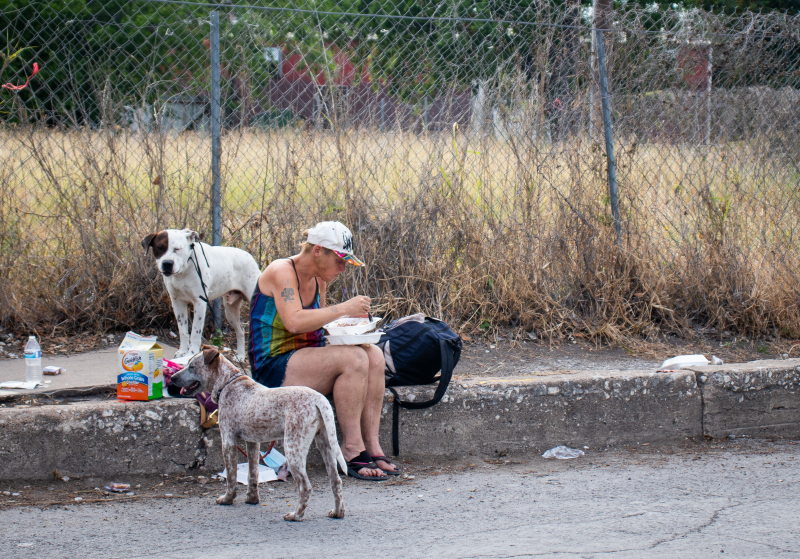
https://www.spursfancave.com -
The 2014 horror film As Above, So Below introduced a lot of people to a part of Paris no one had ever seen before. There is a maze of catacombs filled with human remains beneath the city. 200 km of walls is covered in skulls and other bones. There is no map or predetermined route that can take anyone through the area safely because some have collapsed.
The ruins are what's left when former Parisian officials ran out of space above ground for them. The tunnels became the ultimate resting place for almost 6 million former people when cemeteries practically overflowed with bodies after bad weather led corpses to spill into the streets. Prior to that, limestone quarrying that began in the 13th century and connected quarries produced the tunnels.
Criminals and refugees have lived in the tunnels over time. Evidence of people entering tunnels that are supposed to be off-limits has increased in recent years. Officials once found a whole underground theater with 30 seats, a bar, and a café.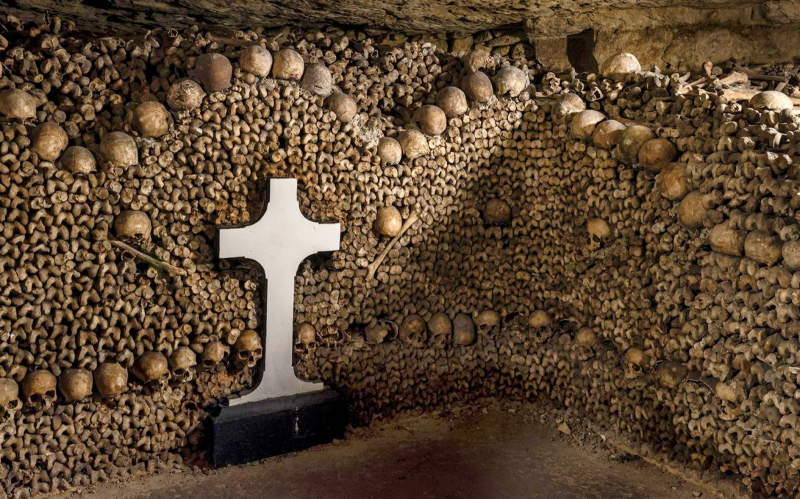
https://www.headout.com/ -
The cultural and financial hub of Romania is the capital city of Bucharest, which has been around for more than 500 years. A completely distinct city of residents who have been residing in the sewers for many years exists beneath the city. In reality, generations as families settle there and kids mature into adults who have their own families. Although precise figures are impossible to determine, estimates range in the hundreds.
All Romanian orphanages closed in 1989, the year the Soviet Union collapsed. Thousands of kids were literally abandoned on the streets with nothing, and many of them sought refuge underground. Many of those kids grew up and began their own families in the 30 years that followed, which made the problem worse.
In addition to the kids who were abandoned back in the 1980s, the tunnels have drawn drug addicts and other homeless people. Even conducting interviews with persons who reside in the tunnels needs the leader's approval. There isn't much space for anyone who wants to enter because the place is so crowded.
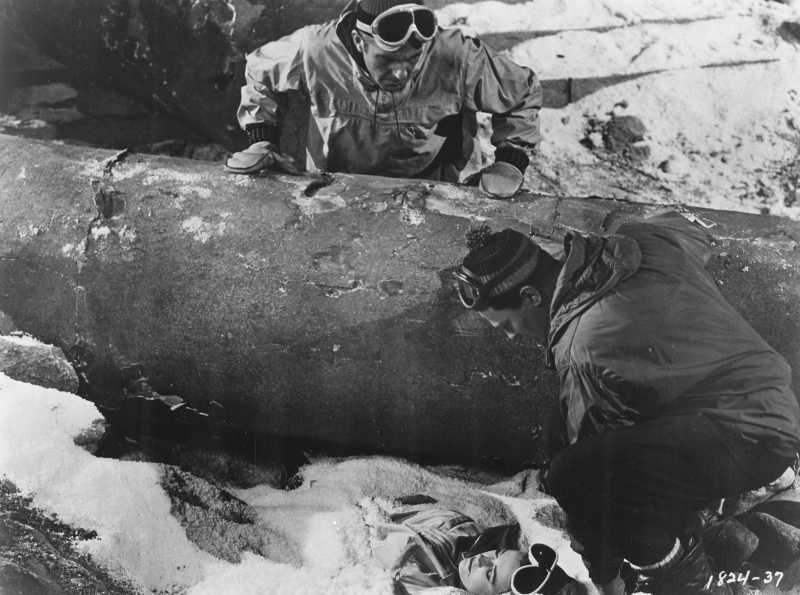
https://www.thetravel.com/ -
The strategy puts out a long-term goal to decrease the number of people who find themselves at risk of homelessness and expands on the work already being done in Greater Manchester to eradicate the need for rough sleeping and address homelessness.
The homeless population living beneath the streets has become a concern in Manchester, UK, across the pond. There, the population is smaller, and some of the locals are immigrants who came to England in search of employment only to discover they had lost their jobs and had no other options.
The community has organized itself similarly to the other groups we've encountered, despite being represented as being small. In an effort to make the space feel more like a home, furniture such as couches and dressers may also be added. Of course, rapid changes in the weather and human factors, such as theft and violence, are the main threats. The residents try their best to make it livable by hopping from shack to shack throughout the city and taking weekly showers at hostels.

https://www.manchestereveningnews.co.uk/ 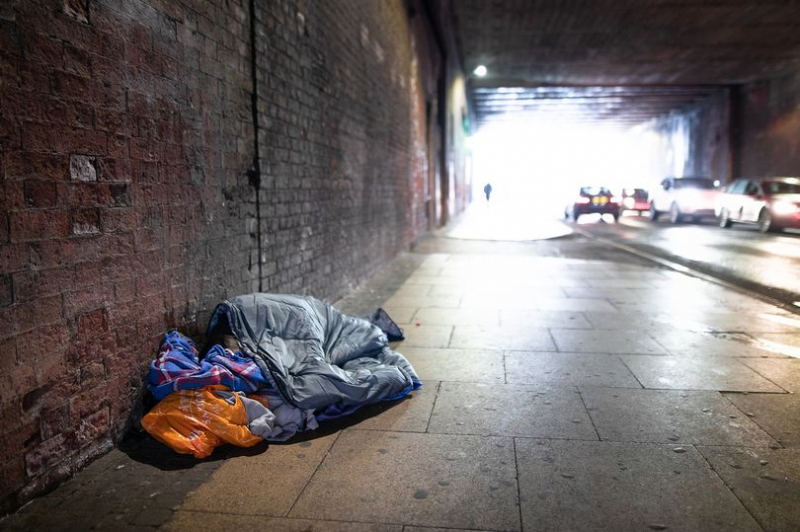
https://www.manchestereveningnews.co.uk/ -
The issue of homelessness is not just one that affects Americans. In Jamaica, a group of people known as "Gully Queens" reside in the sewers to avoid being persecuted by people who might harm them. For the LGBT community, life can be particularly challenging in Jamaica, which is frequently ranked as one of, if not the most, challenging countries in the world for that community.
Violence fueled by prejudice is a real possibility, and it frequently takes the form of families rejecting their children after they come out as homosexual or transgender. As a result, those individuals frequently discover themselves in the sewers, one of the few settings where they are welcomed.
A 2014 documentary followed these Gully Queens' life. According to studies, more than 80% of Jamaicans hold anti-gay sentiments, making acceptance extraordinarily difficult to find. In Jamaica, it is still unlawful for gay males to engage in sexual activity, and offenders risk serving a 10-year prison sentence.
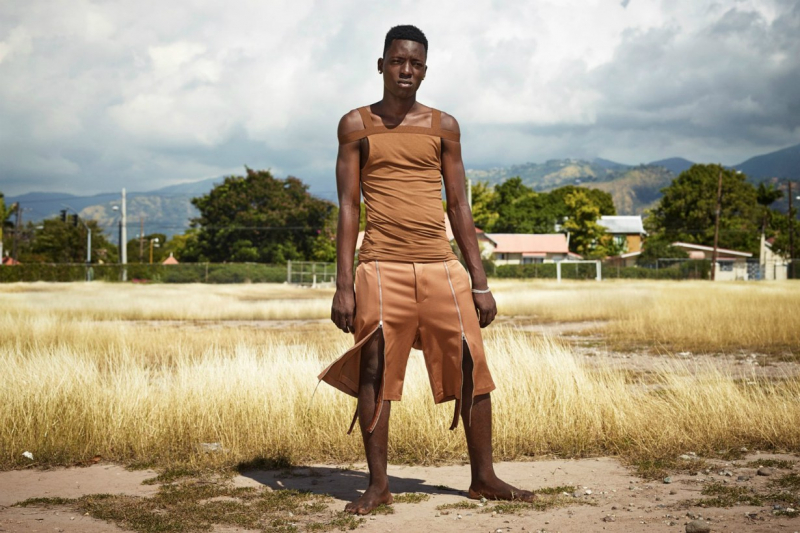
https://www.designindaba.com 
https://www.designindaba.com/ -
Similar to New York, Las Vegas has emerged as a prime place for a large homeless community that lives beneath the streets. Although Vegas lacks a subway system, it does have a network of storm tunnels, which—when combined with the desert environment—make it an alluring place to live for folks with no other options.
The number of individuals thought to reside beneath Las Vegas varies tremendously. Some estimate that there are 300 people who live in the tunnels, while others estimate that there are thousands. Homeless people, drug users, and criminals are dispersed throughout the 600 kilometers of tunnels.
The fact that the tunnels in Vegas are designed expressly to handle rain water presents one of the biggest risks for the people who use them. The folks below run the risk of having everything washed away during a storm and possibly drowning. Many of them have created incredibly intricate and substantial homes out of salvaged materials.
All local citizens are expected to abide by the rules set down by the underground dwellers, sometimes known as mole people. These are governed by people known as mayors, who choose who gets to stay and who has to leave.
Although there are groups committed to assisting the tunnel dwellers, not everyone wants assistance, and you can imagine how difficult it can be to combat addiction in a city like Las Vegas, whether it be to drugs or gambling.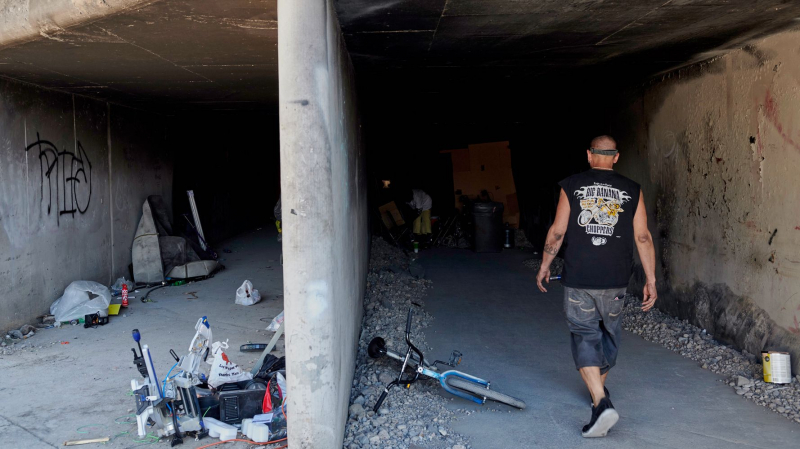
https://www.huffpost.com/ 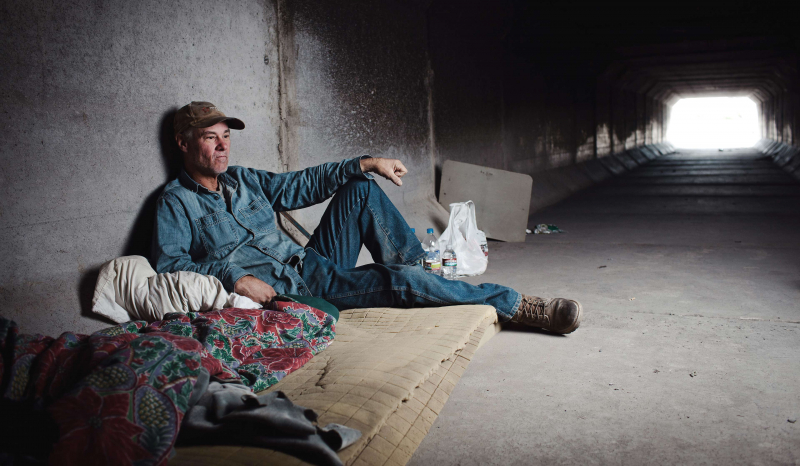
https://www.huckmag.com -
The network of subway tunnels beneath New York City is home to around 350 individuals, according to officials with New York's public transportation system. Despite the city's current efforts to completely remove them, upwards of 1,000 usually find shelter there.
Since its first opening in 1904, the city's subway system has been a familiar sight. There are 230 miles of tunnels there, in addition to other abandoned hidden stations and tunnels, except for the homeless population of the city.
Although authorities have located roughly 30 homeless encampments as of today, the situation is not at all new. In 1990, a film called Dark Days chronicled the life of the tunnel residents. And before that, in 1977, the New York Times published headlines referring to a "hobo colony" under Park Avenue. The practice of residing there has a long history, so even if the plans are carried out, it seems doubtful that the tunnels will be empty for an extended period of time.
FactFile channel on Youtube 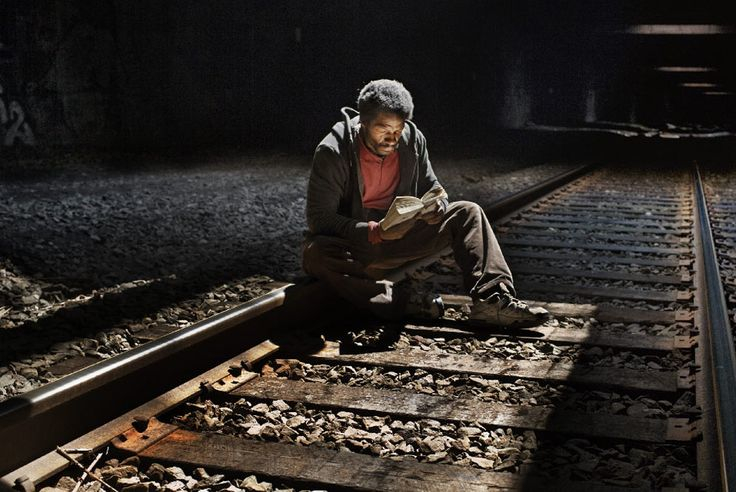
https://www.pinterest.com/













